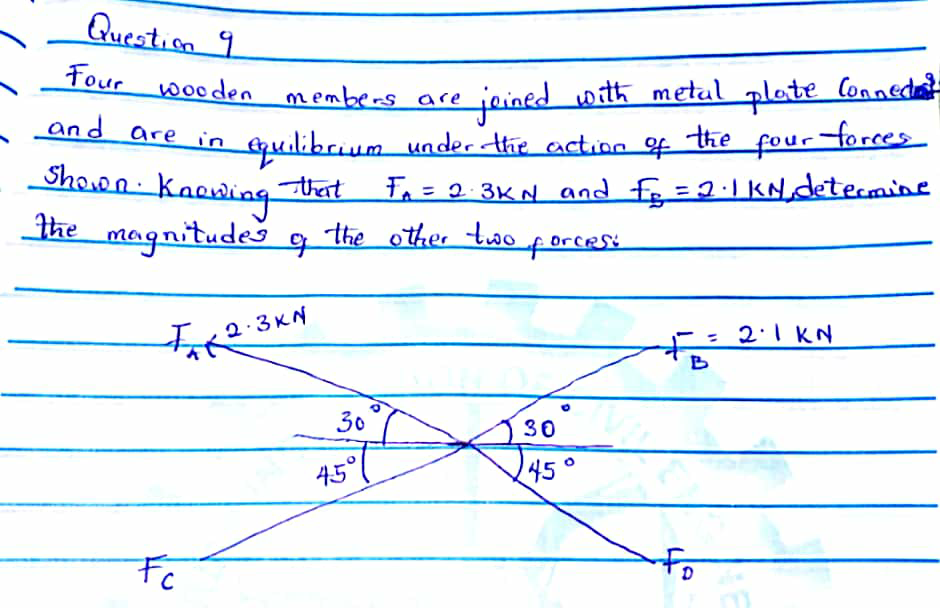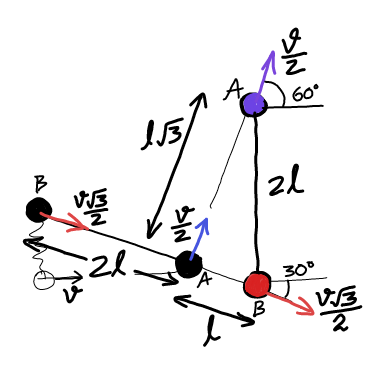
Question and Answers Forum
OthersQuestion and Answers: Page 124










Pg 119 Pg 120 Pg 121 Pg 122 Pg 123 Pg 124 Pg 125 Pg 126 Pg 127 Pg 128
|
Question and Answers Forum |
OthersQuestion and Answers: Page 124 |
| ((k.2^k +2.2^k +2k+4)/2)=(k+3)2^k |
| C_0 +2C_1 +3C_2 +..........+(n+1)C_n =(n+2)2^(n−1) using Bionomial teorm |

|

|

|

|

|
| every extreme point is a critical point but every critical is not a extreme point justify it |

|
| 8a^6 +5a^3 +1=factorize |

|
| determine the interval on which the given function is continuous f(x)= { ((sin (1/x)),(x≠0)),(x,(x=0)) :} |

|
| find (dy/dx) for y=(√(x+(√(x+(√(x+(√(x.........)))))))) |
| Two particles A and B of equal masses m are tied with an inextensible string of length 2l. The initial distance between A and B is l. Particle A is given speed v. Find the speed of particle A and B just after the string becomes taut. |
| f:R→R is defined by f(x)={1_(−1 if x∉Z) if x∈Z Is f continuous at x=1 and x=−(3/2) ∫? |
| find δ>0 such that ∣f(x)+1∣<0.01 when 0<∣x−2∣<δ,where f(x)=((x^2 −5x+6)/(x−2)),hence use ε_δ definition to show that ((lim)/(xtends 2))f(x)=−1 |
| is sum of two periodic function is also periodic give reason |

|
| find the volume of the solid generated by thr revolution of the curve y(x^2 +a^2 )=a^3 about itd asymptote. |
| find the surface area of the solid formed by the rotation of the arc of the cycloid x=a(t+sin t), y=a(1+cost) about x axis |
| trace the curve y^2 (x+1)=x^2 (3−x) clearly stating all the properties used for tracing. |
| use lagranges mean value theorem to prove that x<sin^(−1) x<(x/(√(1−x^2 ))),0<x<1. |
| let f be the function defined on [−1,1] by f(x)={ { ((−1,if x is rational)),((1,if x is irrational.)) :} find U(P,f) and L(P,f).f is integrable or not ? |
| find the equation of the tangent to the curve (√x)+(√y)=(√a) at any point (x,y)on it. |

|
Pg 119 Pg 120 Pg 121 Pg 122 Pg 123 Pg 124 Pg 125 Pg 126 Pg 127 Pg 128 |